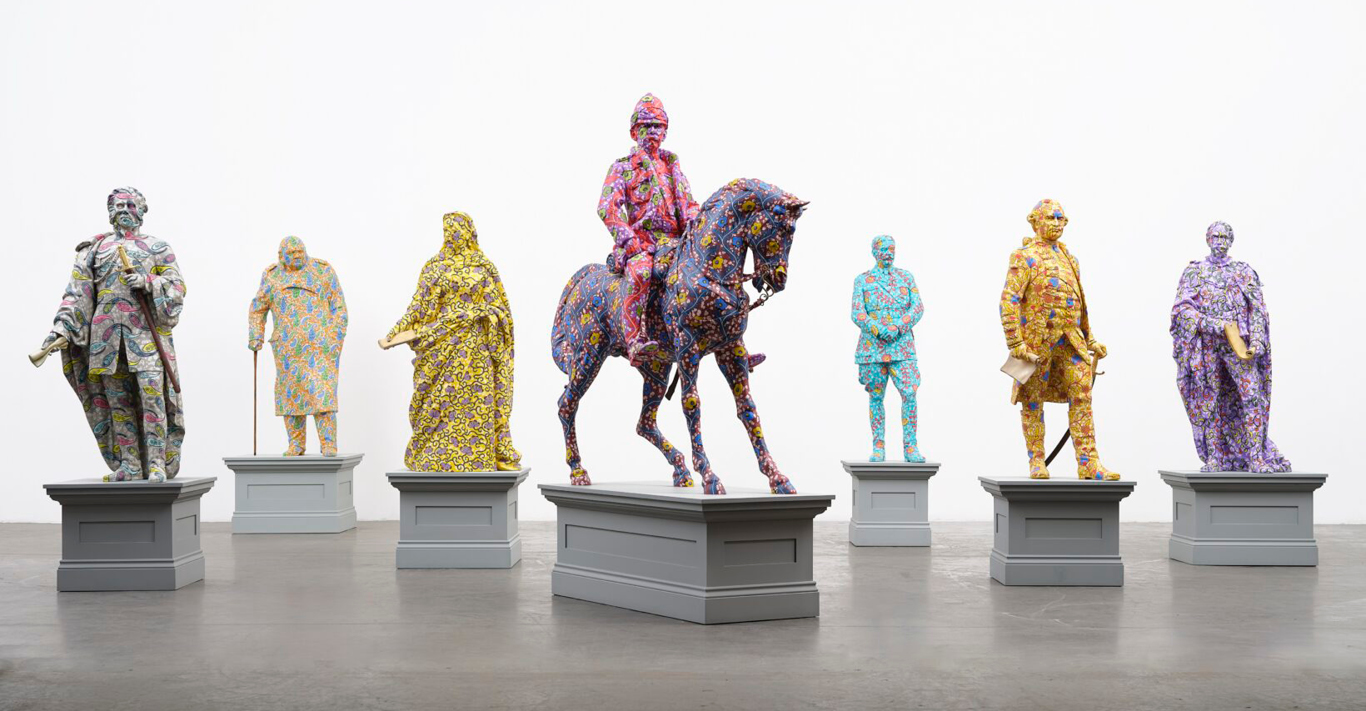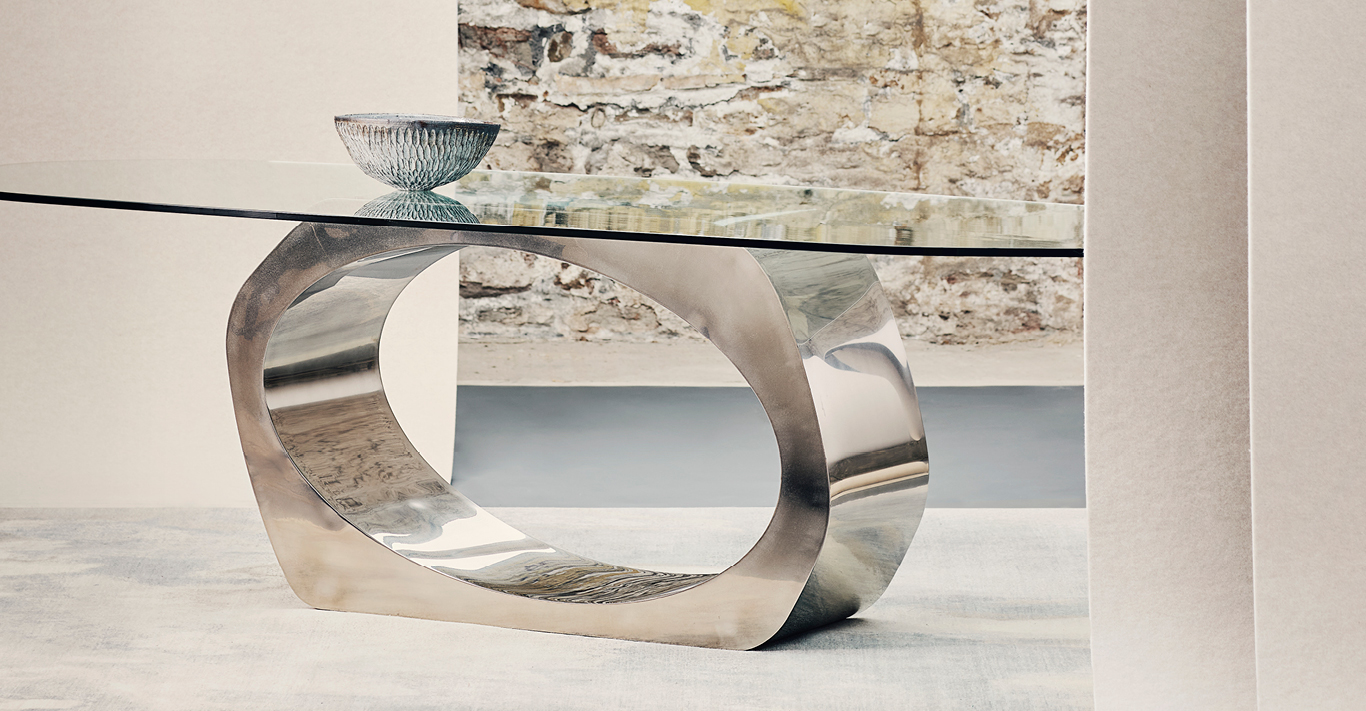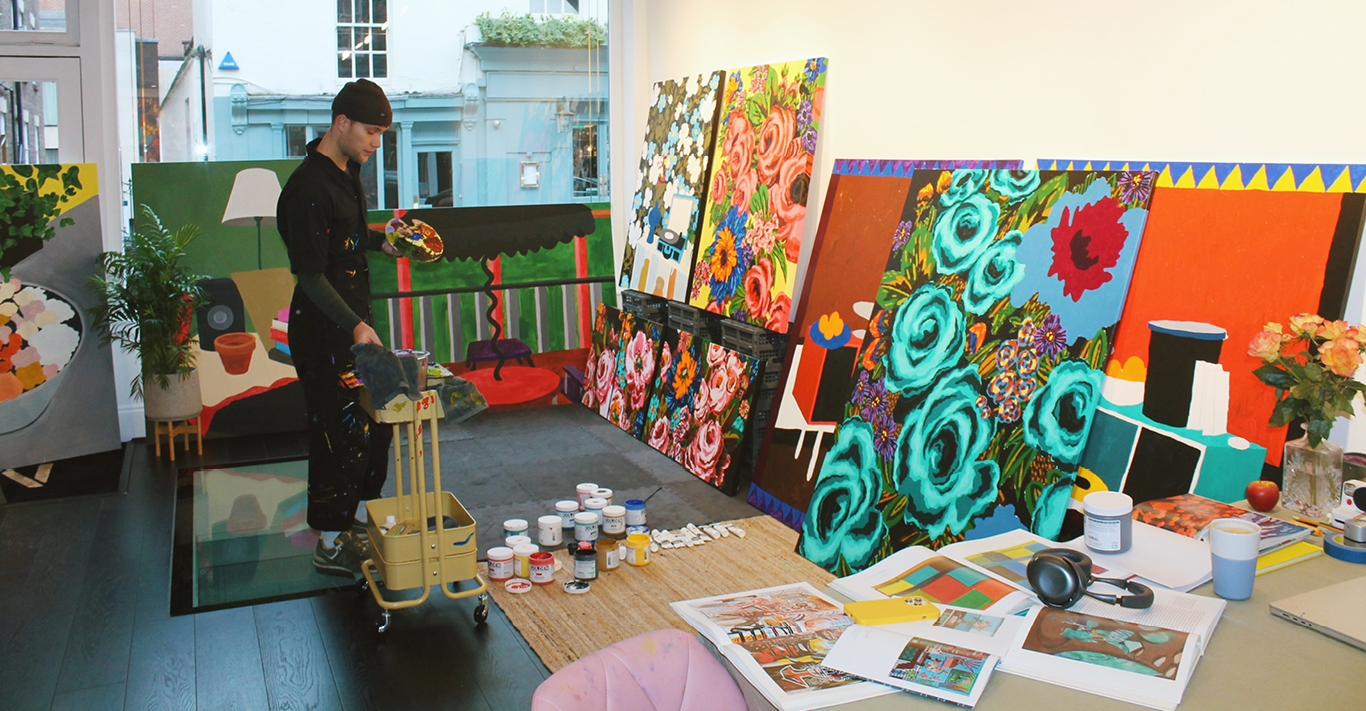WORDS
Jemima Wilson
From the exhilaration of the races, to the spectacle of the outfits, there’s nothing quite like a day at Royal Ascot to experience the buzz of horse racing. As Britain’s most valuable race meeting, the event attracts the world’s finest racehorses, with each race won and lost at the finish line, where luxury Swiss watch brand Longines is pioneering new timekeeping technology to track times within 1,000 measurements per second.
Renowned for the elegance of its watches and its winged hourglass logo, Longines’ factory was established by Ernest Francillon in Saint-Imier (more precisely in Es Longines or ‘the long meadows’), Switzerland, in 1867. With more than a century of experience as a timekeeper of sporting events, it has been the official timekeeper at Ascot for the past 12 years, but its passion for equestrian sports dates back much further – to 1878, when it produced a chronograph engraved with a jockey and his steed.
The company’s devotion to tradition, elegance and performance make it a fitting partner for equestrian sports, which are universally associated with power, grace, speed and beauty. The brand first became affiliated with an international show jumping competition in 1912, and since then its involvement in equestrian competitions has grown to span a range of disciplines including show-jumping, flat racing, endurance and eventing.
While Longines’ high-tech timekeeping equipment may decide the winning horses on race day, the journey of an Ascot racehorse begins long before it gallops out of the starting stalls at the racetrack, as each horse undergoes an extensive training programme to prepare it for every competitive race. Indeed, the skill of timing a race well is in controlling the speed and pacing the horse from the start, so it can accelerate in the last furlong.

At Park House Stables – one of the best-equipped racehorse training yards in the world, located in Kingsclere, southern England – around 190 racehorses are trained by Andrew and Anna Lisa Balding, who have 30 years’ experience between them. Andrew took over the yard from his father Ian Balding in 2003, and his wife Anna Lisa has been involved in racing for over 16 years.
‘The amazing thing about the speed of a racehorse is they naturally want to go from 0-60mph as fast as possible. That’s not going to win races though, so that’s why we’ve got to train them’, says Anna Lisa. ‘When they come to us as youngsters aged only one and a half, they can be ridden, but they haven’t done much else, so we start by trotting them around a ring, then we up to canter. We’ve then got to teach them to jump out of the stalls quickly, go through the gears throughout the race, and pick up speed in the last furlong.’
Interestingly, unlike in many other equestrian sports, jockeys don’t wear a watch while training or racing, but instead they feel the horse and use ground markers to track their speed. William Cox is an apprentice jockey for Park House Stables, and explains that naturally, the more experience you have riding in different races, the easier it is to get the right pace.
‘You know the horse has gone too quickly at the start when you’re very far out on your own at the front, or if you’re at the back and have gone too slow, you know you should get going earlier so you don’t get left behind,’ he says. ‘The ground conditions also make a huge difference. If I’m in front, I try to look out, see the ground marker and try to count one, two, three, then I know if I’m going too fast or not.’

However, while the skills and experience of the jockeys and trainers gives them an innate sense of timing, ultimately at Ascot it’s the numbers that count. As Longines’ partnerships in equestrian sports have increased over the years, its timekeeping services have evolved to provide a greater level of accuracy, and its latest ultra-precise timing technology, which will be used at Royal Ascot, was first trialed at Hoppegarten Racecourse in Germany in April 2017.
Arguably the most revolutionary development in thoroughbred racing in the 21st century, the Longines Positioning System is a game-changing photo-finish system that provides instant data on the exact position of horses during a race, their ranking, the distance between horses and their speed. It’s the most meticulous horseracing tracking system in the world, with accuracy down to five centimetres and up to 1,000 measurements per second.
The Positioning System enhances the experience for racing spectators and TV viewers as well as the International Federation of Horseracing Authorities, trainers and jockeys, as it provides accurate data in real time, and something called the Longines GNSS also offers a lighter technology using GPS satellites instead of the previously used LPS (local positioning system) beacons.
But perhaps the most exciting new advancement for racing enthusiasts is an innovative second screen application Longines has developed for smartphones and tablets, which provides a live experience showing horse races with real-time precision and detailed statistics about the horses, such as their average speed and intermediate time.
This new application not only allows spectators to watch replays of races, but it gives users access to information and data previously only seen in the timekeeping room, meaning whether you’re watching from home or at the racecourse, you can be more absorbed in the action than ever before.











